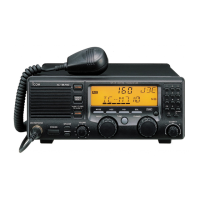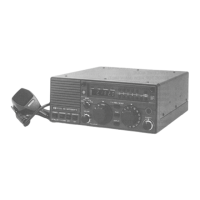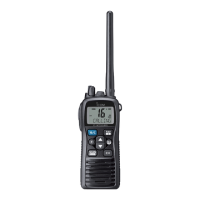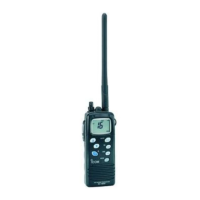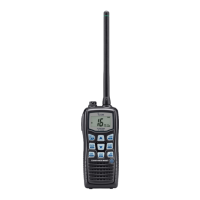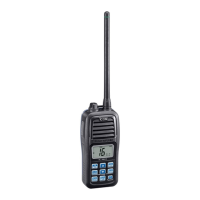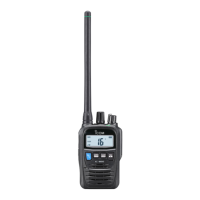Why does the scan not start on my Icom IC-M73?
- JJennifer LittleSep 8, 2025
If the scan function isn't starting on your Icom Transceiver, it might be because no favorite (TAG) channels are programmed. Set the desired channels as 'FAVORITE' channels to resolve this.





